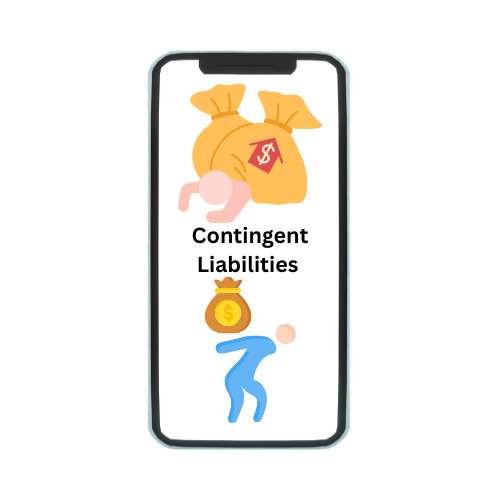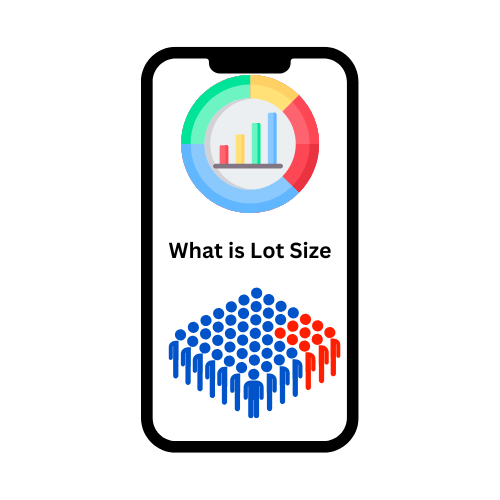What is the Cost of Debt?
The cost of debt refers to the effective interest rate a company pays on its borrowed funds. It’s a critical metric in corporate finance and is essential for determining a company’s overall cost of capital. Here are the key components and considerations regarding the cost of debt:
Components of Cost of Debt:
- Interest Rate: The primary component of the cost of debt is the interest rate charged by lenders. This rate can be fixed or variable, depending on the terms of the loan or bond issuance.
- Fees and Charges: In addition to interest, lenders may impose fees and charges, such as origination fees, commitment fees, or prepayment penalties. These fees contribute to the overall cost of debt.
- Tax Shield: Interest expenses on debt are typically tax-deductible for corporations in many jurisdictions. The tax shield reduces the effective cost of debt, as the tax savings from deducting interest payments lower the net cost to the company.
Calculation of Cost of Debt:
The cost of debt can be calculated using the following formula:
Cost of Debt=Effective Interest Rate× (1−Tax Rate)
Where:
- Effective Interest Rate: The actual interest rate paid on the debt.
- Tax Rate: The corporate tax rate applicable to the company.
Considerations:
- Risk Profile: The cost of debt varies based on the creditworthiness of the borrower. Higher-risk borrowers may face higher interest rates and fees to compensate lenders for the increased risk of default.
- Market Conditions: Interest rates and overall borrowing costs are influenced by prevailing market conditions, such as economic trends, inflation rates, and central bank policies.
- Debt Maturity: Short-term debt generally carries lower interest rates than long-term debt due to lower risk to lenders. However, long-term debt provides stability in interest payments and avoids frequent refinancing.
- Impact on Financial Structure: The cost of debt affects a company’s financial structure and leverage. Higher debt costs may lead to higher financial risk but can also provide tax advantages compared to equity financing.
- Comparison with Cost of Equity: Understanding the cost of debt is crucial for comparing it with the cost of equity and determining the optimal mix of debt and equity financing (the weighted average cost of capital, WACC) for maximizing shareholder value.
Importance of Cost of Debt in Financial Decision Making
The cost of debt plays a crucial role in financial decision-making for businesses and organizations. Here are several key reasons why understanding and managing the cost of debt is important:
- Cost of Capital Calculation: The cost of debt is a component of the weighted average cost of capital (WACC), which represents the overall cost of financing for a company. WACC is used as a benchmark for evaluating the feasibility of investment projects and determining whether they can generate returns that exceed the cost of capital.
- Capital Structure Optimization: Companies aim to maintain an optimal capital structure that balances the use of debt and equity financing. The cost of debt influences this balance because debt is often cheaper than equity due to tax deductibility of interest payments. Understanding the cost of debt helps in determining the right mix of debt and equity to minimize the overall cost of capital while managing financial risk.
- Investment Decisions: When evaluating investment opportunities, companies consider the cost of debt to assess the financial viability and profitability of projects. Projects with expected returns higher than the cost of capital (which includes the cost of debt) are typically considered worthwhile investments.
- Leverage and Risk Management: Debt financing increases financial leverage, which magnifies returns on equity but also increases financial risk. The cost of debt directly influences the financial risk profile of a company. Higher debt costs can increase interest expenses and impact profitability, liquidity, and financial stability.
- Financial Planning and Budgeting: Understanding the cost of debt helps in forecasting interest expenses and incorporating them into financial projections, budgets, and cash flow forecasts. This is crucial for managing liquidity and ensuring adequate funds are available to meet debt obligations.
- Credit Rating and Lending Terms: The cost of debt is influenced by a company’s creditworthiness and credit rating. Maintaining a good credit rating allows companies to access debt financing at lower interest rates and better terms, reducing overall financing costs.
- Tax Efficiency: Interest payments on debt are typically tax-deductible expenses for businesses in many jurisdictions. This tax advantage reduces the effective cost of debt, making it a more attractive financing option compared to equity financing in certain situations.
- Cost Comparison with Equity: Comparing the cost of debt with the cost of equity helps in determining the most cost-effective sources of financing for different projects and activities. Debt financing is generally cheaper than equity financing due to lower costs and tax advantages, but it also comes with obligations and risks that need careful consideration.
Example
Assume a company has issued a bond with the following details:
- Face Value of the bond: ₹1,00,000
- Coupon Rate: 8% per annum
- Tax Rate: 30%
Steps to calculate the cost of debt:
- Calculate Annual Interest Payment: Annual Interest Payment = Face Value × Coupon Rate = ₹1,00,000 × 8% = ₹8,000
So, the company pays ₹8,000 in interest annually on this bond.
- Calculate After-Tax Cost of Debt: After-Tax Cost of Debt = Annual Interest Payment × (1 – Tax Rate) = ₹8,000 × (1 – 0.30) = ₹8,000 × 0.70 = ₹5,600
Therefore, the after-tax cost of debt for the company is ₹5,600 per year.
This example demonstrates how the cost of debt is calculated in terms of Indian Rupees, considering both the nominal interest rate and the effect of taxes. This cost is crucial for financial decision-making, including capital budgeting, project financing, and determining the optimal capital structure for the company.
Factors affecting Cost of Debt
Several factors influence the cost of debt for a company or organization. These factors affect the interest rate a borrower pays on borrowed funds and overall financing costs. Here are the key factors that impact the cost of debt:
- Creditworthiness of the Borrower: The creditworthiness or credit risk profile of the borrower significantly influences the cost of debt. Lenders assess the borrower’s financial health, repayment history, credit score, and overall risk of default. Higher creditworthiness typically results in lower interest rates, reflecting lower perceived risk to lenders.
- Interest Rate Environment: The prevailing interest rate environment, influenced by central bank policies, economic conditions, inflation rates, and market demand for credit, affects the cost of debt. Changes in interest rates can impact borrowing costs, with higher rates generally leading to higher costs of debt for borrowers.
- Type and Term of Debt: Different types of debt instruments (e.g., bonds, loans) and their respective terms (e.g., short-term, long-term) carry varying interest rates and costs. Short-term debt generally has lower interest rates than long-term debt due to lower associated risks for lenders.
- Market Conditions: Market conditions, including investor sentiment, liquidity, and market volatility, can influence the cost of debt. Favourable market conditions may lead to lower interest rates and borrowing costs, while adverse conditions may result in higher costs as lenders demand higher returns to compensate for perceived risks.
- Collateral and Security: The presence and quality of collateral offered to secure debt financing can affect the cost of debt. Collateralized loans typically carry lower interest rates due to reduced risk for lenders, as they have recourse to assets in case of default.
- Debt Ratings: Credit ratings assigned by credit rating agencies (such as Moody’s, S&P, and Fitch) play a crucial role in determining the cost of debt. Higher credit ratings indicate lower credit risk and enable companies to access debt financing at lower interest rates and favourable terms.
- Tax Considerations: Interest payments on debt are often tax-deductible expenses for businesses in many jurisdictions. This tax advantage reduces the effective cost of debt, making debt financing more attractive compared to equity financing in certain situations.
- Economic and Political Stability: Economic stability, inflation rates, and political stability in the country or region of operation can influence the cost of debt. Stable economic conditions generally result in lower borrowing costs, whereas economic uncertainty or geopolitical risks may increase costs due to higher perceived risks for lenders.
- Lender Relationships and Market Competition: The relationship between borrowers and lenders, as well as competition among lenders, can impact the cost of debt. Established relationships and competitive bidding can result in more favourable financing terms for borrowers.
- Industry and Sector: The industry and sector in which a company operates can affect its cost of debt. Industries with stable cash flows, low volatility, and strong growth prospects typically attract lower interest rates compared to sectors facing economic challenges or regulatory uncertainties.
Conclusion
The cost of debt is a fundamental concept in financial management, influencing capital budgeting decisions, financial planning, and overall corporate strategy. Companies carefully evaluate and manage their debt costs to optimize financial performance and achieve sustainable growth.






